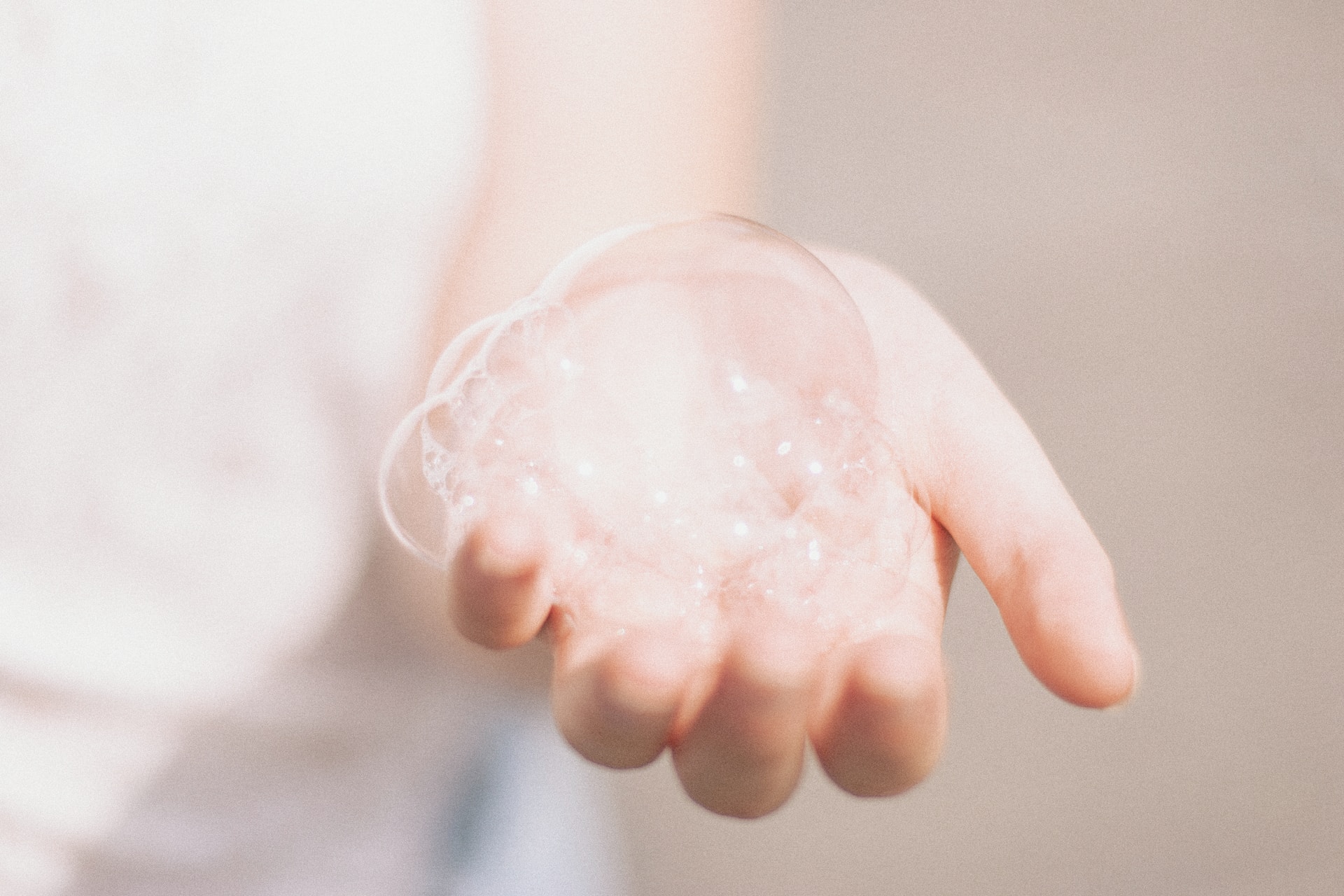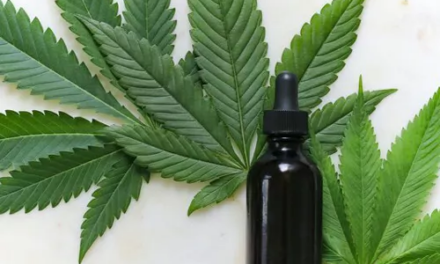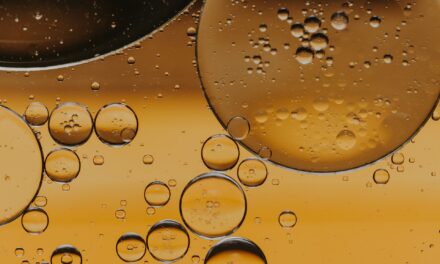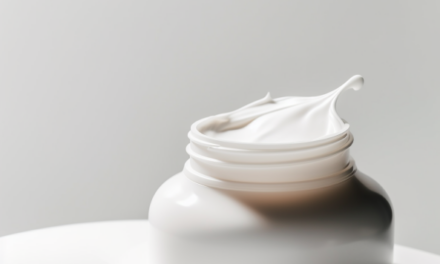The Ultimate Guide to Skin Cleansing
Daily skin cleansing is an essential part of skincare, but do we truly understand why we cleanse our skin and how it works? How often should we wash our skin? Let’s dive deep into the world of skin cleansing and clarify the typically overlooked basics.

Why do we need to wash or cleanse the skin?
Let’s start with a definition. “Cleansing the skin” essentially means “washing the skin”. The only difference is that washing typically involves using water, while cleansing can be done without it. In other words, “washing your skin” is a method of “cleansing your skin” or “making it clean”.
The first reason for cleansing our skin is to prevent infections. This includes both skin and body infections. For instance, we wash our hands to stop microbes from entering our mouth. Cleansing deactivates or eliminates bacteria, viruses, and fungi. It’s easy to see that our hands are more prone to harmful bacteria than our face. If we avoid touching our face, cleansing it a few times per week for hygiene would be enough.
Here’s another reason for skin cleansing: pollution. Both natural and industrial pollutants settle on our skin. Even residues of makeup and sunscreens are considered pollutants, albeit less harmful than air pollutants. These particles can trigger free radical damage, block pores, and potentially breach the skin barrier, leading to irritation and inflammation. Therefore, particularly in urban environments, it’s sensible to cleanse our skin more frequently than solely for anti-microbial purposes. Our faces are exposed to pollutants throughout the day, so a nighttime cleanse makes sense. Clothing protects most of our bodies from pollutants, so cleansing those areas isn’t as crucial as our faces, except for removing any sunscreen and makeup residue.
That’s it. There are no other reasons to cleanse the skin. Our skin’s natural lipids, such as sebum, aren’t pollutants and don’t need to be removed. The same applies to the residue from moisturizers without SPF. That’s why a “morning cleanse,” after sleeping in the clean air of your home, might not be necessary.
But what about sweat? Sweat itself isn’t a pollutant, but it can create a suitable environment for bacterial growth. Fresh sweat, being water-soluble, can be easily rinsed off with water. So, a cleanser-free shower can effectively remove it. However, sweat can harbor bacteria over time, necessitating antimicrobial cleansing. If sweat is older than 15-30 minutes, it’s a good idea to cleanse it away. Our faces don’t sweat much, unless it’s hot or we’re exercising. Therefore, sweat-focused cleansing is more important for our underarms, groin area, and feet than for our faces.
How does cleansing work?
If what we want to remove is water-soluble and doesn’t contain harmful microbes – like fresh sweat – water is enough. However, most substances we want to remove aren’t water-soluble; they’re oils.
You might recall from school that oil and water don’t mix. Water molecules can’t “pick up” oil molecules, which is necessary for removal. That’s where cleansers, sometimes known as “detergents,” come in. Yes, your high-end skin cleanser and dish soap are closely related.
Detergents contain special molecules called “surfactants” that can bind to both water and oil. Surfactants “pick up” lipids and attach to rinsing water. Once you rinse off the water, the lipids are gone too! These lipids can include:
- Sunscreen and makeup
- Lipids that are part of microbes (this is how washing deactivates microorganisms)
- Sebum and other oils mixed with air pollution particles
- Visible dirt
However, there’s a problem. Surfactants don’t differentiate between “good lipids” and “bad lipids”; they can remove them all, including our skin’s natural lipids, which are essential for skin health.
Besides removing “good lipids,” surfactants cause the upper skin layer to swell, making the skin barrier more “porous.” This allows various particles, including potential irritants, to penetrate it more easily. The higher the cleanser’s pH, the more swelling occurs. Traditional soaps, especially homemade, “natural” ones, have the highest pH and cause the most damage.
Some surfactants, including soaps, can also bind to skin proteins, damaging the skin barrier and leading to skin dehydration.
All cleansers damage our skin barrier.
The skin barrier is vital for hydration, preventing acne, and fighting photo-damage. Yet, if a cleanser doesn’t damage the skin barrier, it doesn’t cleanse.
This is why cleansing requires balance: we should cleanse only when the harm from pollutants is greater than the harm from the cleanser. This is typically the case at the end of the day, especially if we’ve been outside in an urban area and worn sunscreen or makeup, or touched a potentially bacteria-contaminated surface. However, the harm from a cleanser can outweigh the benefit of removing potential pollutants in the morning – if we washed our face the night before and spent the night in a relatively clean environment.
As a general guideline, it’s best for most people to cleanse their face once per day, at night, and in one step. Each cycle of applying and rinsing detergent harms the skin.
What about no-rinse cleansers? In a word, avoid them. Without rinsing, surfactants from a cleanser, like micellar water or a cleansing wipe, remain on the skin and continue causing harm. Regardless of what product instructions say, it’s best to always rinse off a cleansing product with water. Of course, we don’t always have access to water, so sometimes no-rinse cleansers are the only option. Still, rinse them off as soon as you can.
Types of cleansers
There are two main categories:
- Soaps: These include traditional soap bars, liquid soaps, and “all-natural” handmade soaps. They’re the most damaging to the skin, so it’s best to avoid them. Don’t be misled by marketing or ingredient labels on soaps that mention nourishing oils. These oils undergo a chemical reaction in soap-making that turns them into harsh surfactants. No matter how beneficial the original oil was, it becomes harmful to the skin barrier in soap.
- Syndets (synthetic detergents): This is a broad category of cleansers with various synthetic surfactants. They’re gentler on our skin than soap, but there’s a significant difference between different types of synthetic surfactants and overall cleanser formulations.
Syndets include cleansers with high-foam “efficient” synthetic surfactants like sodium lauryl sulfate, sodium laurate, and sodium cocoyl isethionate. Dove bars and most modern hand and body washes fall into this group. Their pH is closer to the skin’s, causing less dehydration than soap. However, they’re the harshest synthetic detergents because they’re very efficient at removing lipids.
They also include cleansers with less efficient (gentle) synthetic surfactants like lauryl betaine, cocamidopropyl betaine, sodium lauriminodipropionate, and sodium stearate. Most face cleansers, regardless of their texture (lotion, cleansing balm, or oil), fall into this category. These cleansers are less efficient in removing lipids, which is beneficial if you’re removing a bit of makeup and daily air pollutants.
Modern synthetic detergents use various techniques to reduce skin barrier damage. One method is to mix different types of gentle surfactants in one product, diversifying the damage and aiding the skin barrier’s recovery. Another is adding skin-friendly humectants and emollients to the cleanser. While this can mitigate damage, the effect is limited as these “good” ingredients don’t stay on the skin long enough to have an effect. A cleanser cannot moisturize or have anti-aging effects, but it can be less drying.
Finally, a promising “harm-reduction” technique in cleansing is a polymer surfactant system. Modified polymers act as “helpers” to surfactants, making them less “aggressive”. Thus, fewer surfactants are needed, resulting in less skin barrier damage. To spot a cleanser with polymer technology, look for “Carbomer” on the ingredient list.
There are many textures and formats of synthetic cleansers, including lotions, oils, balms, and waters. The texture itself doesn’t indicate the cleanser’s gentleness; it’s a matter of personal preference.
Here’s a quick overview:
- Bar cleansers: These are gentle detergents in a solid form, like those from Clinique and Drunk Elephant. They can be as gentle as liquid formulations, but there’s a risk of using them in higher concentrations, which could cause more skin barrier damage.
- Cleansing lotions and washes: These liquid formulations have a fixed surfactant concentration, reducing the risk of excess surfactant contact with the skin. Lotions tend to be milder than washes, which often foam, potentially adding more surfactants to the product and making it harsher on the skin.
- Cleansing milks: These are a variant of cleansing lotion, often marketed as “no-rinse” products. Always rinse them off.
- Micellar waters: These are diluted versions of cleansing lotions. They have pre-formed micelles and a lower concentration of surfactants. However, they require a cotton pad for application, leading to extra rubbing that can damage the skin. Always rinse off micellar water.
- Cleansing balms and oils: These oil-based detergents can be milder on the skin and better at removing makeup, but they also pose a risk of clogging pores.
There are also mechanical aids for cleansing, like brushes and cleansing cloths. These can help remove dirt and pollutants more efficiently, but they can also physically damage the skin. Most dermatologists advise against cleansing brushes, and harsh-textured cloths and sponges aren’t recommended. Microfiber cloths are gentler on the skin and can be an okay option for improving cleansing efficiency if you avoid rubbing.
Practical summary: Best practices for skin cleansing
-
Cleanse once a day, usually at night. Make ean exception if you sweat heavily or are in a highly polluted environment.
-
Avoid soaps and “efficient” foaming cleansers as much as possible.
-
Choose one-step cleansing. It’s better for your skin barrier than double-cleansing. A “pre-cleanse” might be necessary if you’re wearing waterproof makeup. Try to limit this to the area where it’s needed, like the eye area for mascara and liner.
-
Refrain from rubbing your skin with your hands or cloth/sponges. It’s better to use more product than to cause physical damage by rubbing.
-
Always rinse off your cleanser with water. This applies even to no-rinse products like micellar water or cleansing wipes.
-
Don’t be swayed by “deep cleansing” rituals. Your regular daily cleanser is sufficient. The deeper the cleanse, the more damage it can cause.
-
Don’t leave a cleanser on your skin longer than necessary.
-
Don’t expect a cleanser to offer more than just cleansing. Moisturizing, anti-aging, and anti-pigmentation benefits come from products that stay on your skin longer. Anti-acne medicated cleansers, which contain salicylic acid or benzoyl peroxide, are an exception. They can have an anti-acne effect. However, we don’t recommend them for daily use because of the risk of irritation.
Choose your products based on actives
WIMJ Search allows you to select skincare products based on what’s inside. Filter products by actives included, and exclude ingredients you don’t want. Check the concentration of ingredients and potential irritants.
Related Articles
Winter Skin Care: Navigating the Chilly Season with Healthy Skin
Let’s dive into understanding winter skin and how to best care for it.
The Dark Side of Lightweight Sunscreens
Do lightweight sunscreens provide enough sun protection? Lightweight sunscreen formulas have a higher risk of not providing the sun protection they promise. Learn more in this article.
Azelaic Acid: How It Works and Why You Might Need It In Your Skincare
Azelaic acid may not be the most hyped skincare ingredient, but, frankly speaking, it deserves way more recognition. Despite its underappreciated status, azelaic acid boasts a myriad of evidence-backed benefits, including combating acne, mitigating rosacea, addressing hyperpigmentation, and fighting against free radicals.
Why Has My Skin Become Sensitive All of a Sudden?
Have you recently noticed your skin turning into a battleground of reactions? Is your once-placid complexion now flaring up at your go-to beauty products? You’re not alone. Suddenly sensitive skin can perplex anyone. Here’s a breakdown of why it might be happening and what you can do about it.
Sunflower Seed Oil: The Top Face Oil For Skin Barrier
Struggling to decide which face oil to choose? Sunflower seed oil might not be the most glamorous or exotic of skincare oils, but it could actually be the best for your skin.
CBD Skincare Benefits and Unknowns
Discover the impressive potential of CBD in skincare and learn about the risks. Our evidence-based exploration covers the CBD potential for treating acne, eczema, psoriasis and combating inflammation.
Is Petrolatum In Skincare Bad?
Get the facts about petrolatum, a top ingredient in skincare. Learn how this powerful moisturizer soothes, protects, and hydrates the skin. Plus, discover why it’s trending on social media and how it’s safe even for the most sensitive skin areas.
Can You Use Retinoids for Rosacea-Prone Skin?
If you’ve been grappling with the frustrating skin condition called rosacea, you may have been advised to steer clear of retinoids. This advice typically stems from concerns that retinoids can further irritate your already inflamed skin. But here’s something that may surprise you: retinoids, in fact, are commonly used in rosacea medical treatments.
Sensitive & Reactive Skin: What to Avoid?
If you have sensitive or reactive skin, what not to do is at least as important as what you actively undertake in terms of skincare. Learn what ingredients and skincare practices to avoid to reduce your skin sensitivity issues and help heal your skin barrier.
Opting for Fragrance-Free Skincare: A Skin-Friendly Choice
Opting for Fragrance-Free Skincare: A Skin-Friendly ChoiceIs the smell of your skincare products hurting your skin? It's a question we often don't think about. Yes, the scents can be nice, but they can also cause problems. About one in three skin issues from cosmetics...




